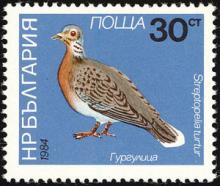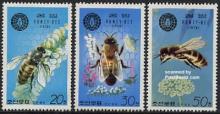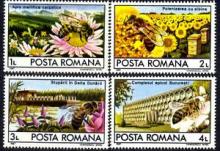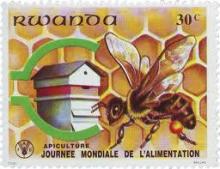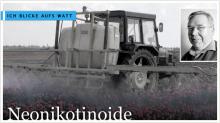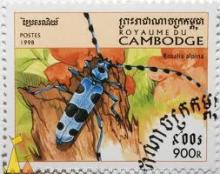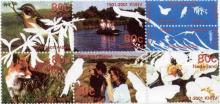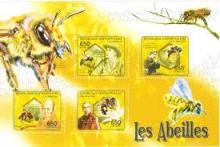Schweiz: Knapp jedes zweite Bienenvolk hat den Winter nicht überlebt
Zum fünften Mal hat der Verein Deutschschweizer und Rätoromanischer Bienenfreunde (VDRB) heuer eine Umfrage über die Völkerverluste des letzten Winters gemacht. So dramatisch wie in diesem Jahr sei es aber noch nie gewesen, erklärte Robert Sieber, Vizepräsident VDRB, heute vor den Medien. Die 955 Imker, die an der Umfrage teilnahmen, haben rund 50 Prozent ihrer Bienenvölker verloren. Auf die ganze Schweiz hochgerechnet, entspreche dies einem Verlust von rund 100‘000 Völkern. Von den Verlusten waren sämtliche Kantone mehr oder weniger stark betroffen. Anders als in den Vorjahren seien bereits vor dem Einwintern viele Bienenvölker verendet. 16,5 Prozent der Imker hätten zwischen 50 und 100 Prozent ihrer Völker verloren, im Vorjahr waren es nur gerade 6,4 Prozent.


